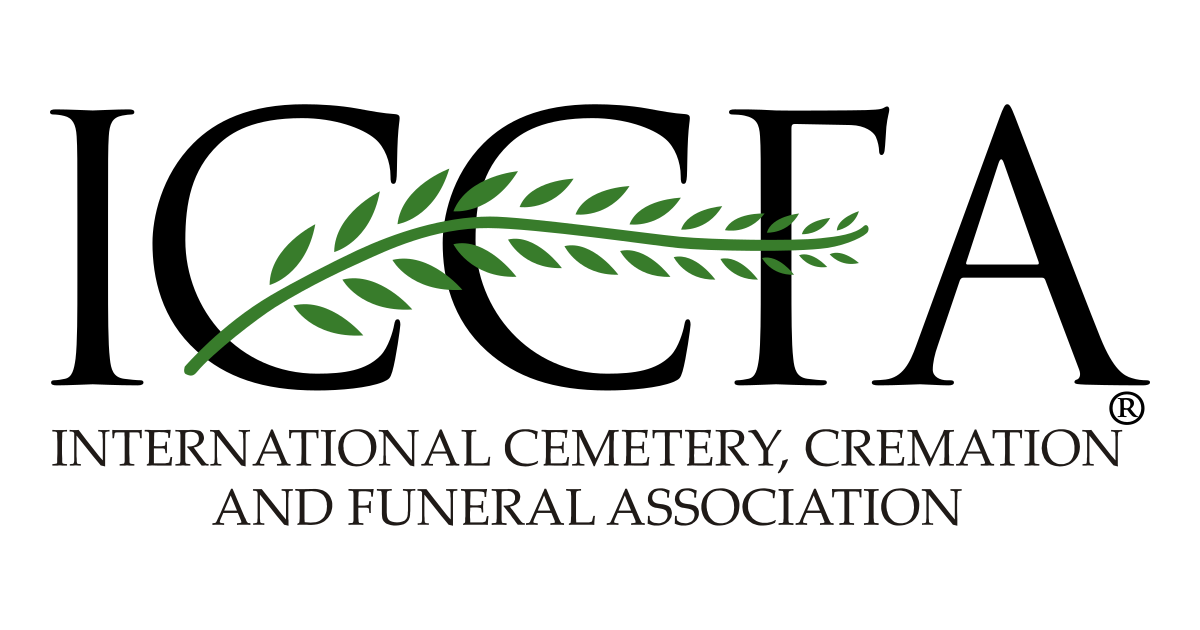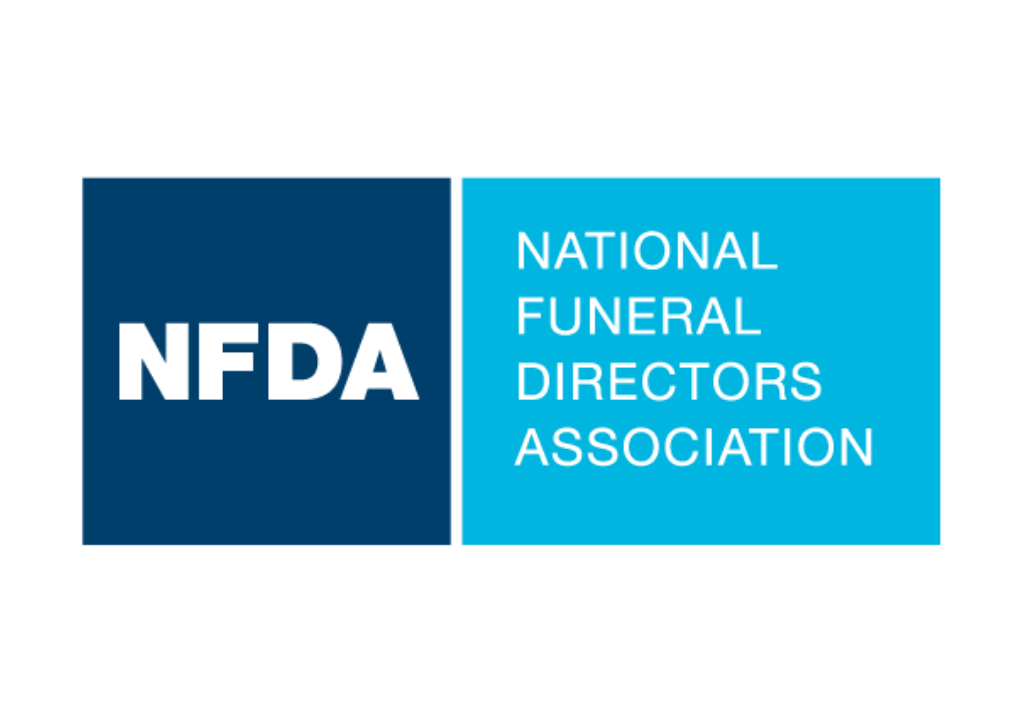Cremation Facts
Yes, in most situations, the cremation provider will permit family members to be in attendance when the body is placed into the cremation chamber. Actually, a few religious groups include this as integral part of their funeral practice.
Most major religions readily accept cremation, with the exception of Islam and Orthodox Judaism. Today, most of the Christian denominations allow cremation. The Catholic Church approves cremation, but advocates the interment of the cremated remains in a cemetery. Buddhists favor cremation, and for Hindus, cremation is the orthodox method of disposition.
No. Not only is it a practical impossibility, but it is illegal to do so. The majority of modern cremation chambers are not of adequate size to house more than one adult.
All organic bone fragments and all non-consumed metal items are collected into a stainless steel cooling pan located in the lower front of the cremation chamber. All non-consumed items, such as metal from clothing, joint replacements, and dental bridgework, are divided from the cremated remains. This separation is accomplished through visual inspection as well as using a strong magnet for smaller and minute metallic objects. Items such as dental gold and silver are non-recoverable and may be commingled with the cremated remains. Remaining bone fragments are then processed in a machine to a consistent size, sealed in a plastic bag, and then placed into a cremated remains container/urn selected by the family.
Processed cremated remains are a mixture of powdery and granular substances, and are varying shades of gray to white in color. The remains of an average sized adult usually weigh between four to eight pounds.
With the exclusion of minuscule and microscopic particles, which are impossible to remove from the cremation chamber and processing machine, all of the cremated remains are returned to the family.
There is no law requiring an urn. Nevertheless, the cremated remains must be held in some type of durable container. A more traditional urn may be desired if the cremated remains are to be memorialized at home, at a public memorial service, or the remains are to be interred at a cemetery. A family member may also supply a durable container or containers suitable for holding the cremated remains.
In California, after the cremation, the cremated remains may be returned to a designated family member or friend to be kept at home, scattered at sea (over 500 yards off the coast), scattered on private property with written permission, or released to a cemetery for burial or above-ground entombment. Cremated remains are often divided to satisfy various memorialization requests. There are smaller urns and even jewelry which hold “keepsake” portions of cremated remains. Cremation offers infinite possibilities to memorialize a loved one.
All responsible cremation providers have thorough operating policies and procedures in order to provide the highest level of service and reduce the possibility of human error. If you have questions, ask the cremation provider what procedures they use relating to the cremation, including retrieval, processing, and packaging of the cremated remains. It is not only your right, but also your responsibility to gain a feeling of confidence in your cremation provider’s facility, employees, policies, and procedures. Choosing your cremation provider is one of the most critical decisions you need to make.
- Please read about the Cremation Process.
Questions and Answers:
- Are we Family-owned and operated… Yes !
- Be aware… Many funeral homes and cremation operations represent that they are locally owned and operated, when in fact, they operate outside our State of California, or even outside our community. Some even advertise low prices, when they are part of a large conglomerate, and possibly owned by a publicly traded company on the stock market. So many just use a service to pick up, and use a crematory, and they even make you pick up your loved ones cremains somewhere else, because; they are not locally owned.
- We get calls from families asking if we own our own crematory… may we state the following, What is important, is how your loved one is being treated, how you loved one is given the respect that person deserves. We have witnessed funeral homes that own their own crematory, and I can honestly state, we are disappointed (even upset) how a loved one is being held, and even mistreated… For peace of mind, trust us, in how your loved one is in our care.
- We do follow the law to the fullest extent, and cremate your loved one alone, and legally in one Cremation Chamber at a time.
- We do not remove gold teeth.
- We do place the Cremated Remains in a plastic urn (We have a large selection of urns also)
- We do our best to have the cremation complete within a week. NOTE: This process of completion is entirely up to the doctor, and his/her part of completing and signing the Death Certificate, also, the coroner may have jurisdiction, and may delay the process.
- We do our best to obtain Certified Death Certificates as quick as possible. (Depending on the county of death.)
- Are we licensed and legal in the State of California… Yes !
Please call us if you have any questions. Thank you for allowing us to serve your family.
| (714) 521-1011 | (714) 521-1010 |
|---|---|
| Garden Grove | Buena Park |


